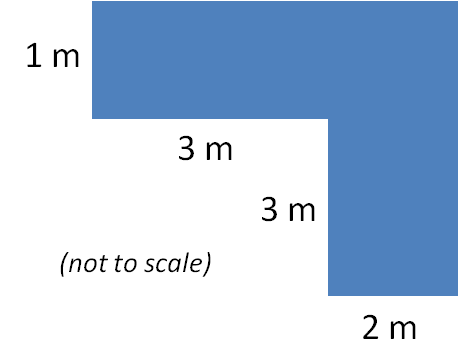The perimeter of a shape is simply the distance around the outside of the shape.
In this activity, we'll be working out the perimeter of a range of different 2D shapes.
When working out the perimeter we must make sure that we check the unit of measure - is it measured in mm, cm, m, km, or something else?
Sometimes we need to use a ruler to work out the perimeter.
In this activity, we will be given some of the measurements, so we won't need a ruler.
We'll use the measurements we are given to work out those we don't know.

Let's get started.
Let's have a look at a regular 2D shape.
.png)
This is a regular hexagon.
If a shape is regular, it has sides that are all the same length.
If the sides of this hexagon are 7 cm each, what is the total perimeter?
Answer
We know that the sides are all the same length because the shape is regular.
We know that a hexagon has 6 sides.
So, we simply multiply 7 cm by 6.
7 cm x 6 = 42 cm.
Let's have a look at another shape.
This time the shape is not regular.
This means that at least some of the sides will be different lengths.

We need to look at the information we have been given, in order to work out the missing information.
To work out the length on the right of the shape, we can add the two lengths on the left (vertical): 1 m and 3 m - this will give us 4 m.
To work out the length across the top of the shape, we can add the two lengths across the bottom (horizontal): 3 m and 2 m - this will give us 5 m.
Now, we have the measurements of all six sides.
The final job is to add all six lengths together.
Top tip: find a starting point and work around the shape.
1 m + 5 m + 4 m + 2 m + 3 m + 3 m = 18 m
The perimeter is 18 m in total.

Now it's your turn to have a go!







